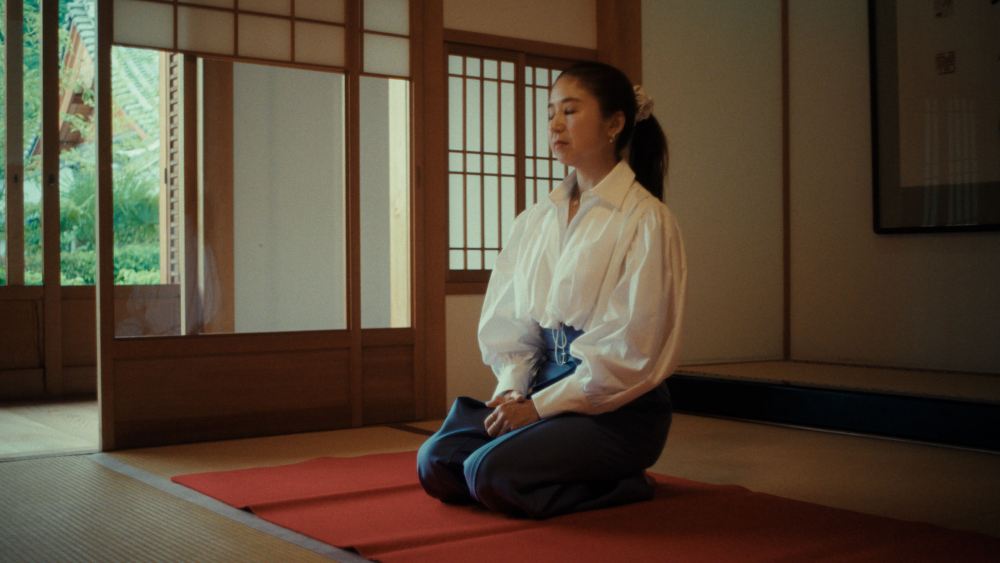MILAN — Kering’s top brass is banking on Gucci’s transitional period being over and that the foundations have been laid for future growth.
The executive expected to lead the next phase of the Italian brand, under the Kering umbrella, is Stefano Cantino, who will take on the role of chief executive officer on Jan. 1.
He will succeed Jean-François Palus, who was also president of the brand, and report to Francesca Bellettini, deputy CEO of Kering in charge of brand development.
Cantino, who joined Gucci in May as deputy CEO, will have a seat on Kering’s executive committee.
You May Also Like
Palus had been appointed CEO of Gucci in July 2023 and is Kering chairman and CEO François-Henri Pinault’s most trusted deputy.
Pinault “wholeheartedly” thanked Palus “for his achievements at the helm of Gucci since summer 2023. Over a particularly challenging period, he made the courageous decisions the house needed, and built sound foundations for a renewed Gucci to flourish again under the stewardship of Stefano. I also want to acknowledge Jean-François’s close and constant collaboration with me over the past 30 years, which has been truly invaluable.”
Palus has been consolidating the brand’s management and building a new structure and organization following the exit of his predecessor, Marco Bizzarri.
Key was the hiring of Luxottica veteran Massimo Vian, who was named chief industrial and supply chain officer in January, joining from Prada and in charge of overseeing the development and manufacturing processes of leather goods, shoes, ready-to-wear and jewelry, as well as product allocation processes across the various sales channels.
Likewise, Cayetano Fabry was named chief commercial officer in August, a new role for the company. Fabry is tasked with leading all Gucci teams dedicated to defining and implementing client-centric retail and digital experiences. He joined Gucci after spending over four years at Saint Laurent as president of the Europe, Middle East and Africa region.
In September, Davide Buzzoni joined Gucci as global communications director from Loro Piana, succeeding Benjamin Cercio, who left in March and has since formed his own communications agency.
Bellettini also expressed her gratitude toward Palus “for his dedication and loyalty to Gucci over this transitional period. I am confident that, building on what has been set up over the past 15 months, Stefano and the Gucci team will succeed in the mission to take Gucci back to the leadership the brand deserves.”
In joining Gucci as deputy CEO, Cantino’s role was a new one, reporting to Palus, who took up his position at Gucci last September after a long tenure as managing director of Kering.
A Louis Vuitton communications executive, Cantino brought to Gucci his vast experience in communications, merchandising and managing relationships with the creative studio. But it is understood he has since been sharing some CEO functions, such as brand strategy, with Palus.
Cantino spent much of his 22-year career at Prada in various business development, merchandising and marketing roles, involved in everything from retail to industrial processes, working closely with Prada CEO Patrizio Bertelli and designer Miuccia Prada.
He joined Louis Vuitton in 2018 as senior vice president of communications, recruited by then-chairman and CEO Michael Burke. Cantino’s scope on communications and events extended to retail touch points.
During his tenure Cantino helped the company navigate through the death of Virgil Abloh, Vuitton’s artistic director of men’s collections; the arrival of Pietro Beccari as Burke’s successor; the appointment of Abloh’s eventual successor Pharrell Williams, and the expanded remit of Nicolas Ghesquière, who last year added destination pre-fall shows to his workload.
Cantino is known to relish a challenge and he has joined Gucci as the luxury industry faces a slowdown in luxury spending and Kering’s marquee brand, designed by Valentino alum Sabato De Sarno, is pursuing an elevation strategy.
In July, Kering said Gucci’s performance fell short of expectations, with organic sales down 19 percent in the second quarter, versus analysts’ predictions for a 17 percent drop. In reported terms, revenues were down 20 percent to 2 billion euros. As reported, management is pinning its hopes on the introduction of new handbag lines, alongside a collection of ready-to-wear essentials building on De Sarno’s best-performing designs so far, a shorter time to market and a streamlined distribution and offer.



